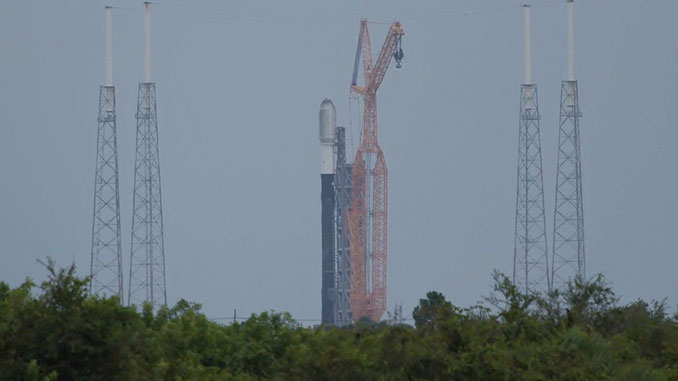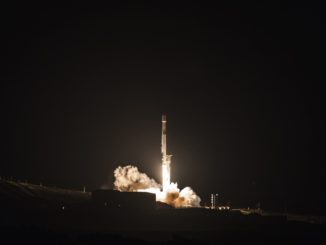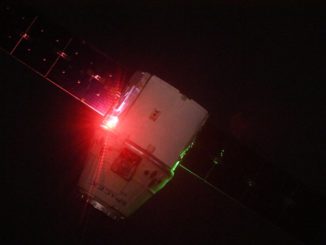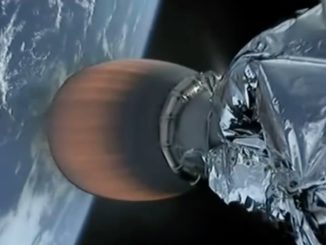A Falcon 9 rocket carrying 22 Starlink satellites, delayed by upper level winds and held up for the Falcon Heavy launch of NASA’s Psyche, launched from Space Launch Complex 40 at Cape Canaveral Space Force Station at 7:01 p.m. EDT (2301 UTC) Friday night.
The U.S. Space Force’s 45th Weather Squadron, based at Cape Canaveral, on Thursday predicted a 60 percent chance of acceptable weather for the first of today’s launch opportunities which improved to 80 percent chance at the end of the window.
A launch attempt on Oct. 8 was aborted with just 23 seconds left on the clock. SpaceX said the delay was due to upper level winds. While a West Coast Starlink launch went ahead a few hours later, SpaceX put the Cape launch on hold at the request of NASA, which wanted to prioritize the Falcon Heavy launch of the Psyche asteroid mission, which launched earlier Friday.

SpaceX didn’t need any of its five back up launch opportunities Friday, which ranged from at 7:51 p.m. EDT (2351 UTC) to 10:29 p.m. EDT (0429 UTC).
The Falcon 9 carried 22 second-generation satellites for SpaceX’s Starlink internet service. The company announced recently that its now had more than two million subscribers for its broadband internet in more than 60 countries.
After lifting off, the Falcon 9 headed southeast, targeting an orbit inclined at 43 degrees to the equator. The first stage booster, B1067, made its 14 flight, separating from the second stage about two and a half minutes into flight and then arcing downrange for a landing on the drone ship A Shortfall of Gravitas. The barge was stationed in the Atlantic Ocean, east of the Bahamas about 420 miles (675 km) from Cape Canaveral.
Two burns of the Falcon 9’s second stage will be required to place the satellites into the required 182 x 176 mile (293 x 284 km) orbit. Separation of the satellite stack is scheduled to occur just over an hour into the flight.



